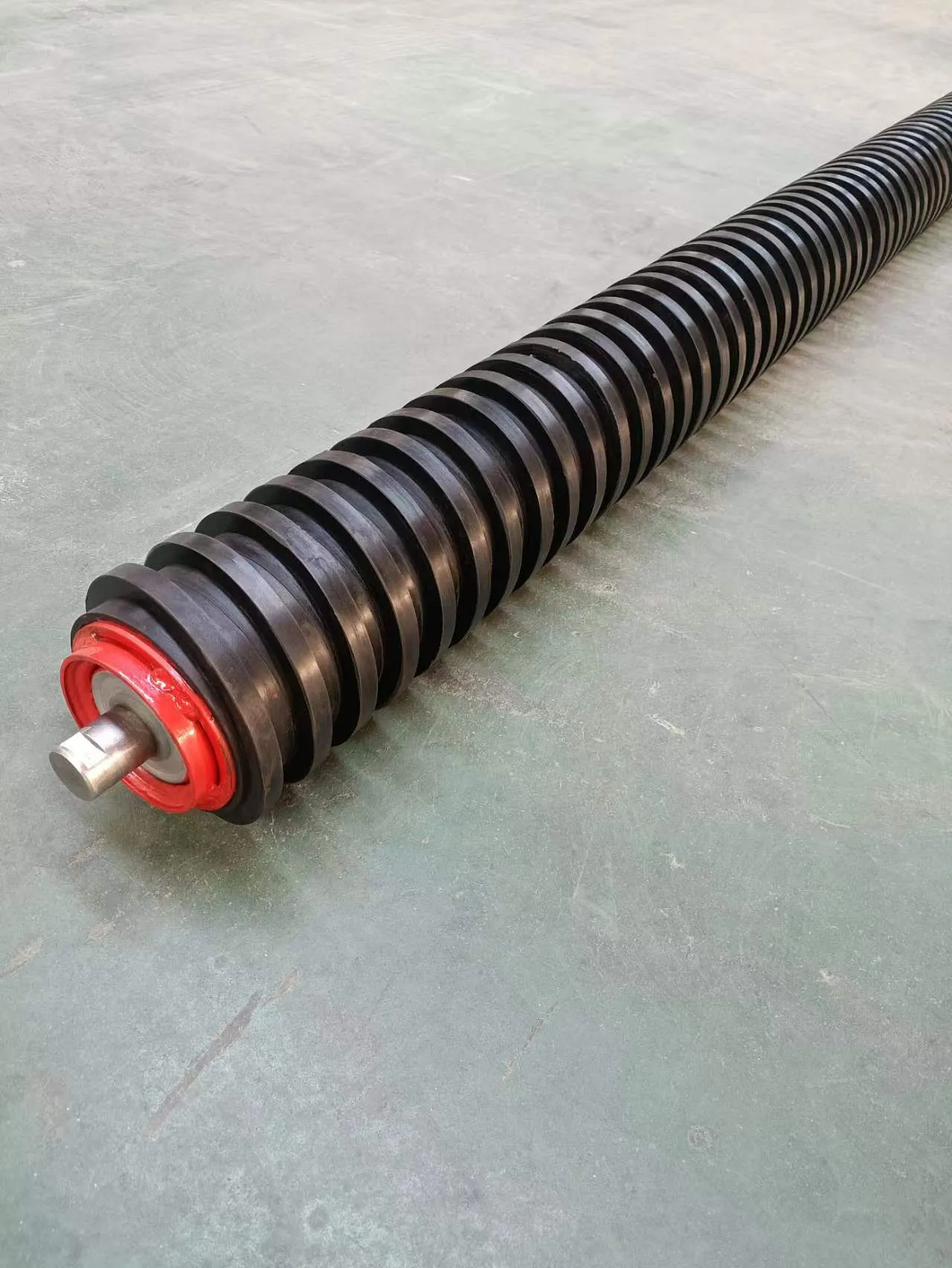 Afrikaans
Afrikaans  Albanian
Albanian  Amharic
Amharic  Arabic
Arabic  Armenian
Armenian  Azerbaijani
Azerbaijani  Basque
Basque  Belarusian
Belarusian  Bengali
Bengali  Bosnian
Bosnian  Bulgarian
Bulgarian  Catalan
Catalan  Cebuano
Cebuano  Corsican
Corsican  Croatian
Croatian  Czech
Czech  Danish
Danish  Dutch
Dutch  English
English  Esperanto
Esperanto  Estonian
Estonian  Finnish
Finnish  French
French  Frisian
Frisian  Galician
Galician  Georgian
Georgian  German
German  Greek
Greek  Gujarati
Gujarati  Haitian Creole
Haitian Creole  hausa
hausa  hawaiian
hawaiian  Hebrew
Hebrew  Hindi
Hindi  Miao
Miao  Hungarian
Hungarian  Icelandic
Icelandic  igbo
igbo  Indonesian
Indonesian  irish
irish  Italian
Italian  Japanese
Japanese  Javanese
Javanese  Kannada
Kannada  kazakh
kazakh  Khmer
Khmer  Rwandese
Rwandese  Korean
Korean  Kurdish
Kurdish  Kyrgyz
Kyrgyz  Lao
Lao  Latin
Latin  Latvian
Latvian  Lithuanian
Lithuanian  Luxembourgish
Luxembourgish  Macedonian
Macedonian  Malgashi
Malgashi  Malay
Malay  Malayalam
Malayalam  Maltese
Maltese  Maori
Maori  Marathi
Marathi  Mongolian
Mongolian  Myanmar
Myanmar  Nepali
Nepali  Norwegian
Norwegian  Norwegian
Norwegian  Occitan
Occitan  Pashto
Pashto  Persian
Persian  Polish
Polish  Portuguese
Portuguese  Punjabi
Punjabi  Romanian
Romanian  Russian
Russian  Samoan
Samoan  Scottish Gaelic
Scottish Gaelic  Serbian
Serbian  Sesotho
Sesotho  Shona
Shona  Sindhi
Sindhi  Sinhala
Sinhala  Slovak
Slovak  Slovenian
Slovenian  Somali
Somali  Spanish
Spanish  Sundanese
Sundanese  Swahili
Swahili  Swedish
Swedish  Tagalog
Tagalog  Tajik
Tajik  Tamil
Tamil  Tatar
Tatar  Telugu
Telugu  Thai
Thai  Turkish
Turkish  Turkmen
Turkmen  Ukrainian
Ukrainian  Urdu
Urdu  Uighur
Uighur  Uzbek
Uzbek  Vietnamese
Vietnamese  Welsh
Welsh  Bantu
Bantu  Yiddish
Yiddish  Yoruba
Yoruba  Zulu
Zulu drive rollers for conveyors
Drive Rollers for Conveyors An Essential Component in Material Handling Systems
In modern manufacturing and logistics, the efficiency of material handling systems is crucial for optimizing productivity. Among the various components that contribute to the effective operation of conveyor systems, drive rollers play a pivotal role. These specialized rollers, often located at the drive end of a conveyor, are designed to propel products along the conveyor's pathway, making them essential for ensuring the smooth transfer of goods from one point to another.
Understanding Drive Rollers
Drive rollers are cylindrical mechanical components that are powered by an electric motor or other forms of energy. They are typically mounted on the conveyor frame and are responsible for imparting motion to the conveyor belt or the products directly resting on rollers. Their design influences many factors, including load capacity, speed, and overall efficiency of the conveyor operation.
One of the key characteristics of drive rollers is the surface texture. Most drive rollers feature a rubberized coating or other friction-enhancing materials to ensure that they grip the conveyor belt or items effectively, reducing slippage and enhancing control over the movement of products.
Types of Drive Rollers
Drive rollers can be categorized into various types based on the application and design features. The most common types include
1. Straight Drive Rollers These are standard cylindrical rollers used in most conveyor systems. They provide a simple, efficient way to move products and are prevalent in assembly lines and package handling applications.
2. Crowned Rollers Crowned rollers have a slight curvature along their length, which helps in guiding materials and preventing side-to-side movement. They are particularly useful in systems where precise tracking is essential.
3. Powered Rollers These rollers come equipped with their own motor, allowing for greater flexibility in systems where varying speeds and personalized control are necessary. They can be used in zero-pressure accumulation applications where products are spaced evenly on the conveyor.
drive rollers for conveyors

4. Brake Rollers In systems requiring the control of speed, brake rollers can be utilized. These rollers have a braking mechanism incorporated into their design, allowing for controlled slowing and stopping of materials without the use of additional equipment.
Importance of Drive Rollers in Conveyor Systems
Drive rollers are central to the operational efficiency of conveyor systems. Their importance can be summarized in several key areas
- Efficiency By maintaining consistent motion across the conveyor belt, drive rollers reduce downtime and increase throughput. They help to minimize product jams and ensure smooth operation through innovative designs and material choices.
- Load Handling Whether handling lightweight items or heavy loads, drive rollers are designed to accommodate a wide range of load capacities. Choosing the appropriate type of drive roller ensures that the conveyor system can handle daily operational demands without risking equipment failure.
- Customizability Drive rollers can be tailored to fit specific applications, including changes in diameter, material, and coatings. This customizability allows businesses to optimize their systems for unique operational requirements.
- Maintenance and Durability Quality drive rollers are built to last, made from robust materials that resist wear and tear. Regular maintenance, however, remains essential to ensure their longevity and reliability. This may include lubrication, inspection for damage, and replacement of worn components.
Conclusion
In conclusion, drive rollers are a vital component of conveyor systems that facilitate efficient material handling across various industries. Their ability to ensure smooth and reliable movement, combined with customizability and durability, underscores their importance in factories, warehouses, and distribution centers. As businesses continue to seek ways to enhance productivity and reduce operational inefficiencies, understanding the functionality and benefits of drive rollers becomes increasingly essential. Investing in quality drive rollers not only optimizes conveyor performance but also contributes to the overall success of material handling operations.
-
Revolutionizing Conveyor Reliability with Advanced Rubber Lagging PulleysNewsJul.22,2025
-
Powering Precision and Durability with Expert Manufacturers of Conveyor ComponentsNewsJul.22,2025
-
Optimizing Conveyor Systems with Advanced Conveyor AccessoriesNewsJul.22,2025
-
Maximize Conveyor Efficiency with Quality Conveyor Idler PulleysNewsJul.22,2025
-
Future-Proof Your Conveyor System with High-Performance Polyurethane RollerNewsJul.22,2025
-
Driving Efficiency Forward with Quality Idlers and RollersNewsJul.22,2025





























